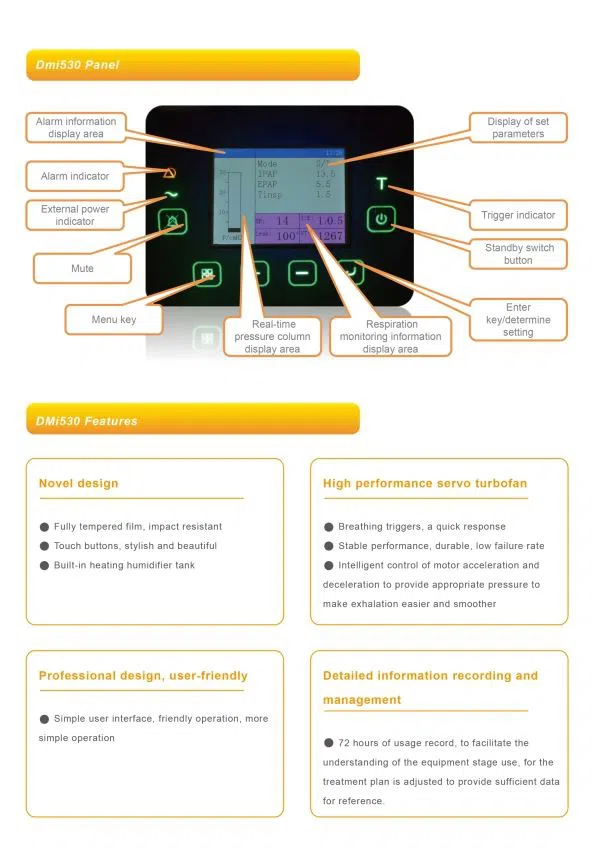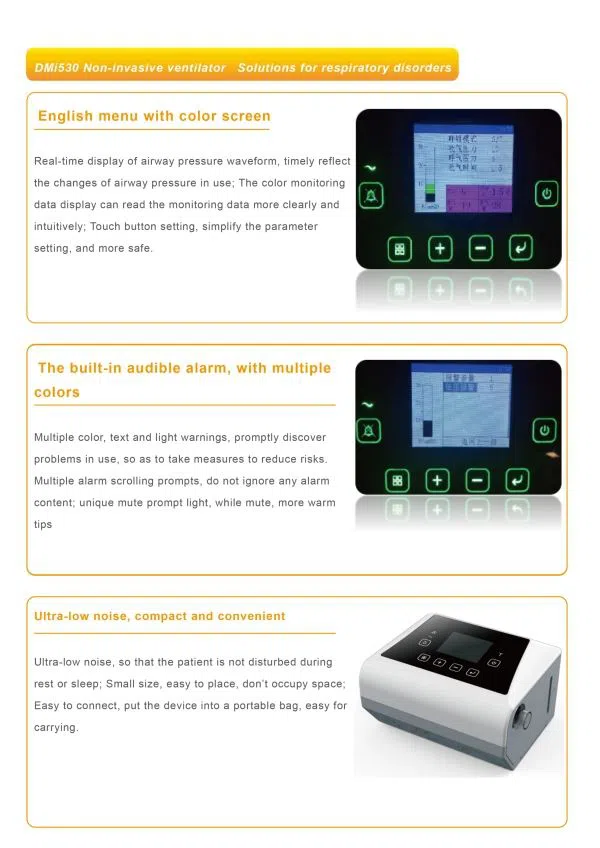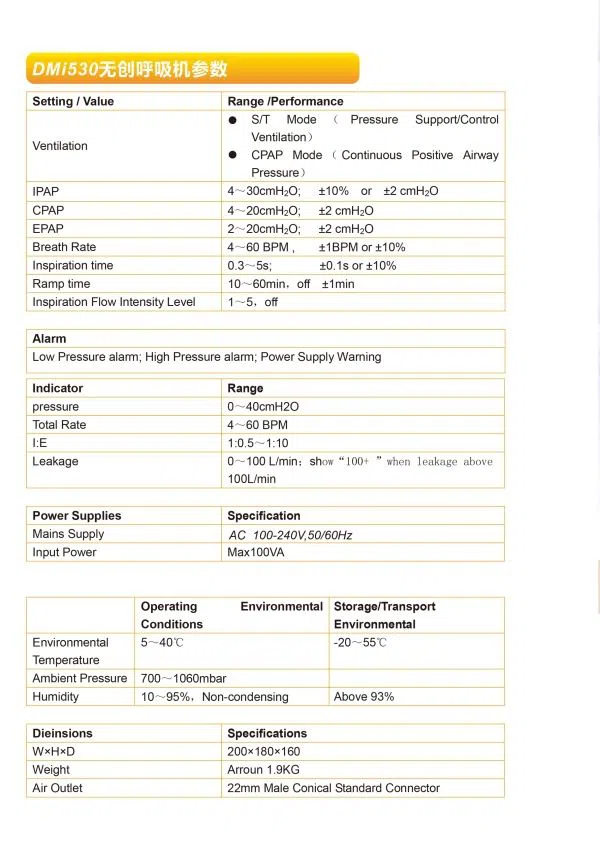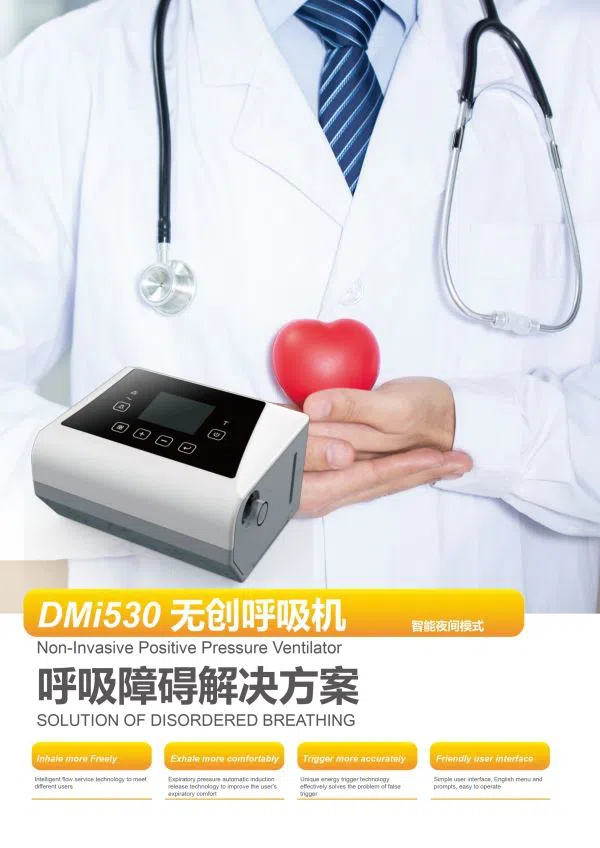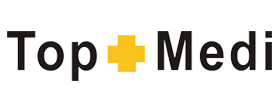10、How to wear mask?
How to wear medical surgical masks?
1) The dark side faces outwards, and the side with the metallic strip faces upwards;
2) Fold up and down to cover the nose and chin;
3) Mold the metallic strip to make it close to the bridge of the nose to prevent side leakage.
How to wear protective masks (take KN95 or N95 masks as examples)?
1) The side with the logo faces outwards, and the side with the metallic strip faces upwards;
2) Fasten the elastic straps that fixes the mask, or position the elastic straps around both ears to fit snugly over the face;
How to wear headbands masks?
1) Hold the mask body with one hand, put fingertips on the metallic nose strip, let the two
headbands hang freely under the back of the hand;
2) The metallic strip faces up, let the mask cover the chin, the upper headband is worn on the top of the head, and the lower headband is worn on the neck;
3) Starting from the middle of the metallic strip with both index fingers, press down on it while
moving to both sides to shape the shape of the bridge of the nose.
How to wear ear-loops masks:
1) Face the side without the nose clip, and pull the ear straps with both hands, so that the nose strip faces up;
2) let the mask against your chin;
3) Pull the ear straps to the back and adjust them to feel comfortable;
4) Starting from the middle of the metallic strip with both index fingers, press down on it while moving to both sides to shape the shape of the bridge of the nose. Pinching the nose strip with one hand will cause sharp angles and air leakage, and reduce shielding performance. The nose strip should be pressed with both sides at the same time.
Whether it is a headbands or ear-loops mask, an air impermeability test is required after wearing. Cover the mask with both hands and breathe. If you feel that gas leaks from the nose strip, you should readjust it. If you feel that gas leaks from both sides of the mask, you need to further adjust the position of the headbands and earloops; if it still leaks, you need to change another one.
(Reference: Health Education Manual for COVID-19 Control issued by National Health Commission and China Health Education Center)
11、How to change, store, and dispose of masks?
During the epidemic of the COVID-19, the use of masks can be appropriately extended (time of use, frequency of use) on the premise of protecting public health:
1) The medical protective masks have a service life, and the masks are for exclusive use. They cannot be used cross-personally. High-risk personnel need to change masks after re-entering after finishing work, eating (drinking water), and using the toilet.
2) The mask should be changed if it is contaminated by the patient's blood, respiratory/nasal
secretions, and other body fluids.
3) Higher risk personnel need to change masks after receiving highly suspected patients.
4) Masks worn by other risk level people can be used repeatedly. Wash your hands before wearing the mask, and avoid touching the inside of the mask when wearing it. Masks need to be changed in time if they are dirty, deformed, damaged, or smelly.
If you need a re-use a mask, you can hang it in a clean, dry and ventilated place, or place it in a clean, breathable paper bag. Masks need to be stored separately to avoid contact with each other and identify the user of the mask. Medical protective masks cannot be cleaned, nor can they be disinfected by disinfectants, heating, etc. Cotton gauze masks can be cleaned and disinfected. Other non-medical masks are handled according to their instructions.
The masks used by healthy people can be disposed of according to the requirements of domestic garbage classification. Masks worn by suspected or confirmed cases should not be discarded randomly. They should be treated as medical waste and disposed of in strict accordance with relevant procedures for medical waste.
(Reference: Health Education Manual for COVID-19 Control issued by National Health Commission and China Health Education Center )
12、What are the symptoms in need of medical attention?
If both of the following conditions are met, you should go to the outpatient clinic of the designated hospital:
1) Fever (armpit temperature ≥37.3 °C), cough, shortness of breath and other symptoms of
acute respiratory infections;
2) Patients with a history of travel or residence in Wuhan and surrounding areas, or other areas with local cases of continuous transmission, or who have been exposed to feverish patients with respiratory symptoms who come from Wuhan and surrounding areas, or other areas with local cases of continuous transmission within 14 days before the onset of illness, or a small cluster of people are infected.
Medical surgical masks or N95 masks should be worn on the way to and throughout the hospital visit. Avoid using public transportation. You can take a private car or call an ambulance. Keep away from other people as much as possible on the road and in the hospital at a safe distance of 1.5m-2m (at least 1m). When you seek medical treatment, you should truthfully explain your conditions and the history of medical treatment. In particular, tell the doctor about
your recent travel and residence history in Wuhan, history of contact with pneumonia patients or suspected patients, animal contact history, etc.
(Reference: Health Education Manual for COVID-19 Control issued by National Health Commission and China Health Education Center; PUMCH COVID-19 Prevention and Precautions Handbook issued by Chinese Academy of Medical Sciences and Peking Union Medical College Hospital )
So glad to tell you that we start to work today. I think you may have heard of the virus, but it doesn't affect our communication. So if you need my help, please feel free to tell me.
Guangzhou Topmedi Co.,Ltd. is a leading professional company which is committed to supplying cost-effective medical products for elder and handicapped.
Our main products include electric wheelchair, manual wheelchair, mobility scooters, shower chairs, commode, walking aids and hospital bed etc.
Topmedi ICU Medical Instrument Ventilator:
